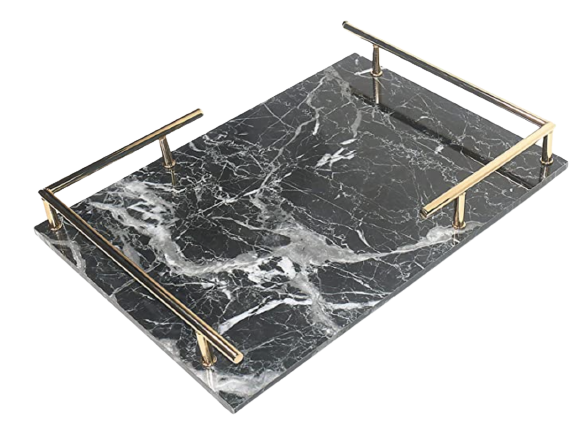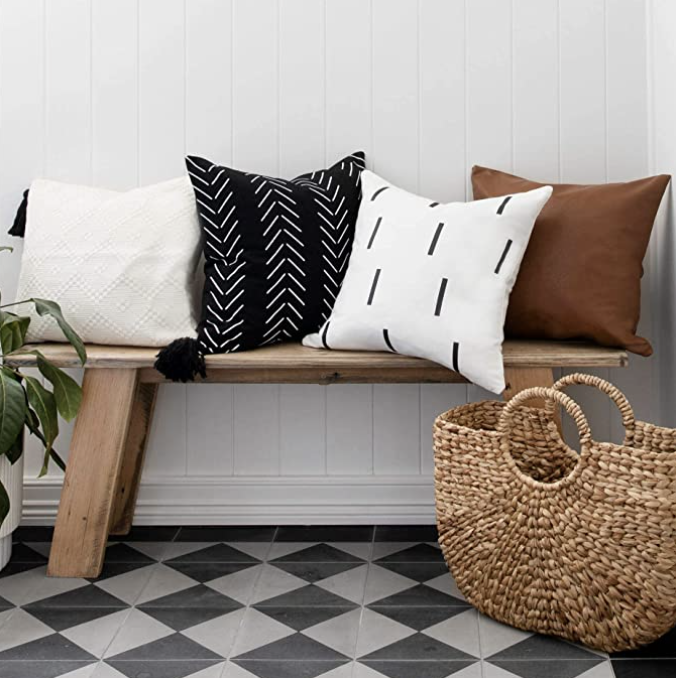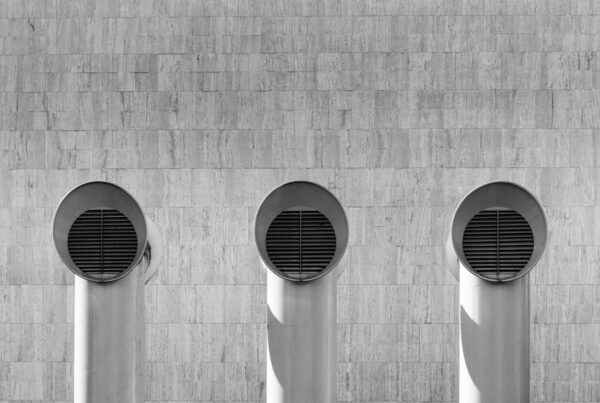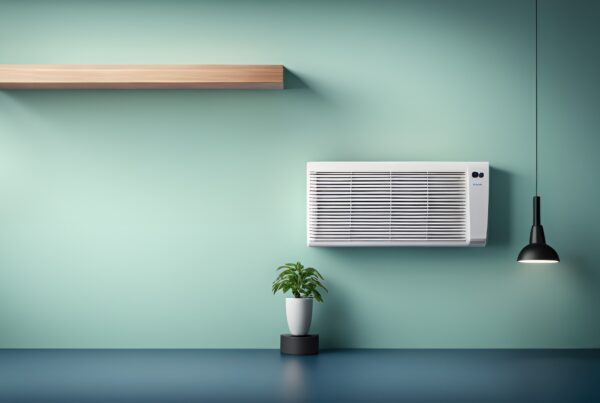Last Updated on November 29, 2022
A properly designed drainage is crucial for any business or home. Without it, water can quickly accumulate, causing damage to your beautiful lawn. Correctly designing and implementing your drainage system helps direct the water away from your home, preventing potential damage. You also need to ensure that all your drains are at an appropriate height to prevent damage from floods.
A good drainage design plays a crucial role in ensuring that your septic tanks function properly. Improperly designing your drainage system can cause your septic tanks to overflow, causing bacteria to get into your groundwater supply or exposing your family to harmful gasses from the wastewater. The wastewater may also back up into your house, putting your family’s health at risk. To ensure your drainage design is compliant with all local codes and implemented correctly, it should be inspected for water board permitting. Here are essential tips on how to properly install your drainage system:
1. Know the Source of Surface Runoff
One potential indicator of an issue with your drainage system is a mushy lawn trying to create a lake. Such an issue will cause flooding since there is no diversion for the surface runoff. Lack of an improper drainage system means that you depend entirely on nature to precipitate excessive water, which could be risky.
It’s important to identify the source of excess water when designing your drainage system. One of the common sources of excessive water in your yard is precipitation, especially if you live in a region that rains a lot. Alternatively, it could originate from a damaged underground water pipe.
2. Determine Your Land’s Soil Type
Failure to consider your land’s soil type before installing a drainage system can later be detrimental. The amount of surface runoff varies greatly depending on your land’s soil type and characteristics, especially infiltration capacity and permeability. If you have soils with poor infiltration, such as clay soil, you’ll likely experience issues with waterlogging, especially during heavy rainfall.
That’s because a soil’s infiltration rate tends to reduce as it absorbs more water. This can be problematic if the rainfall exceeds the soil’s infiltration capacity since it could lead to excessive runoff or pools of water in the ground. More compacted soils usually have poor infiltration capacity, leading to poor drainage and increased runoff. They can also prove difficult to dig through using a typical shovel when installing a drainage system. A good understanding of your soil type will come in handy when installing your drainage system.
3. Analyze Your Land’s Terrain
Upon identifying your soil type and the source of unwanted water on your lawn, the next task is determining your land’s topography. Determine the highest and lowest points of your yard. This will ensure you set up the drains at the lowest point so water can flow freely into your drainage system.
However, if no low point exists naturally, creating an artificial one can allow water to flow down to the low point. Additionally, you may consider leveling out your land’s high points if they are causing issues with your drainage. It’s also crucial that you get rid of any heavy vegetation or natural ridges in your land that could prevent the proper flow of water.
Endnote
Now that you understand what to consider when designing and installing a new drainage system, ensure you get things done right. When designing your drainage system, ensure that you find the easiest and shortest drainage path for directing water away from your home.
Consider using natural drainage routes and gentle slopes for ease of maintenance. This way, the artificial systems will come only to improve the capabilities of the already existing drainage. You also don’t have to do it all by yourself. Consider hiring a professional plumber to walk you through the entire installation process in a cost-efficient manner.









